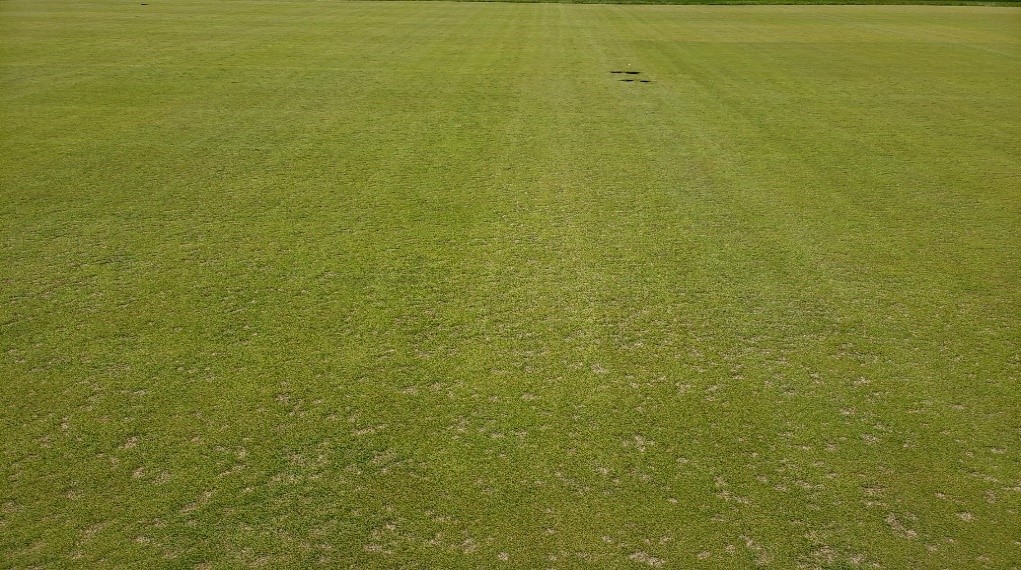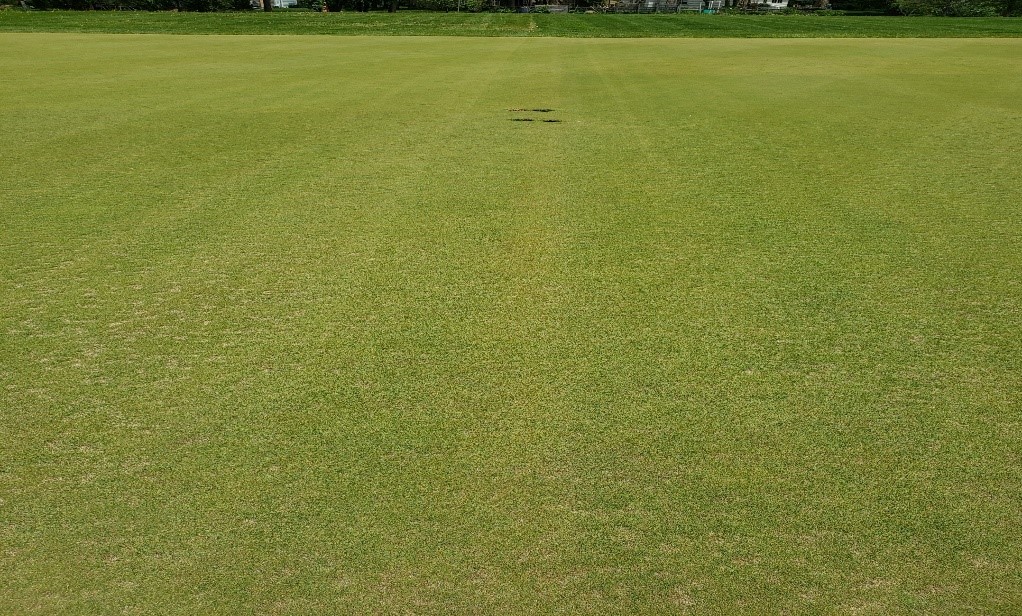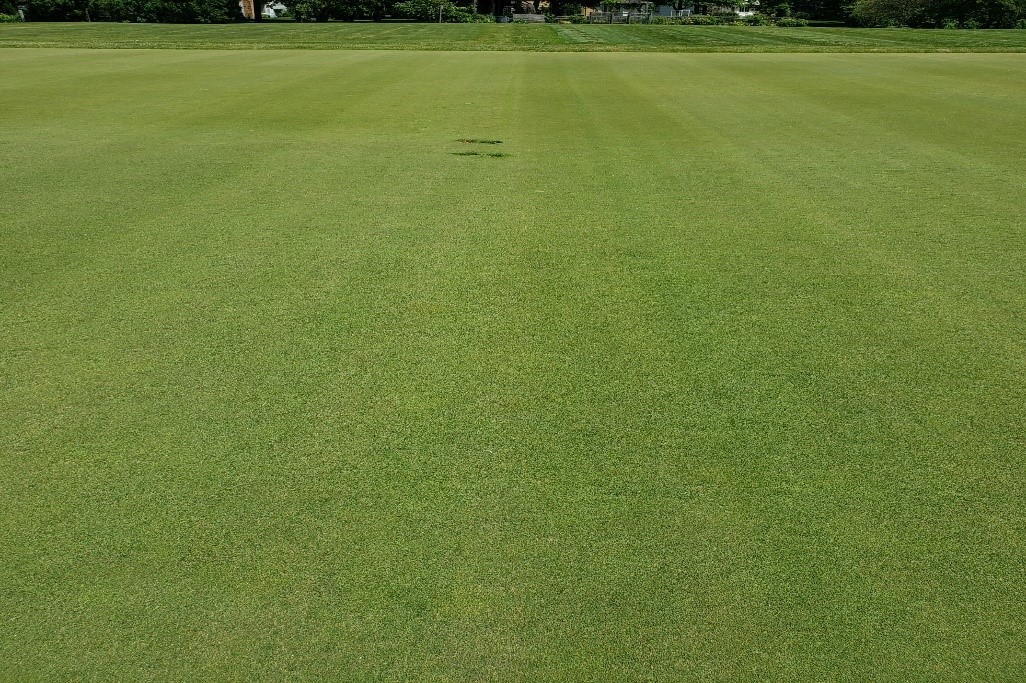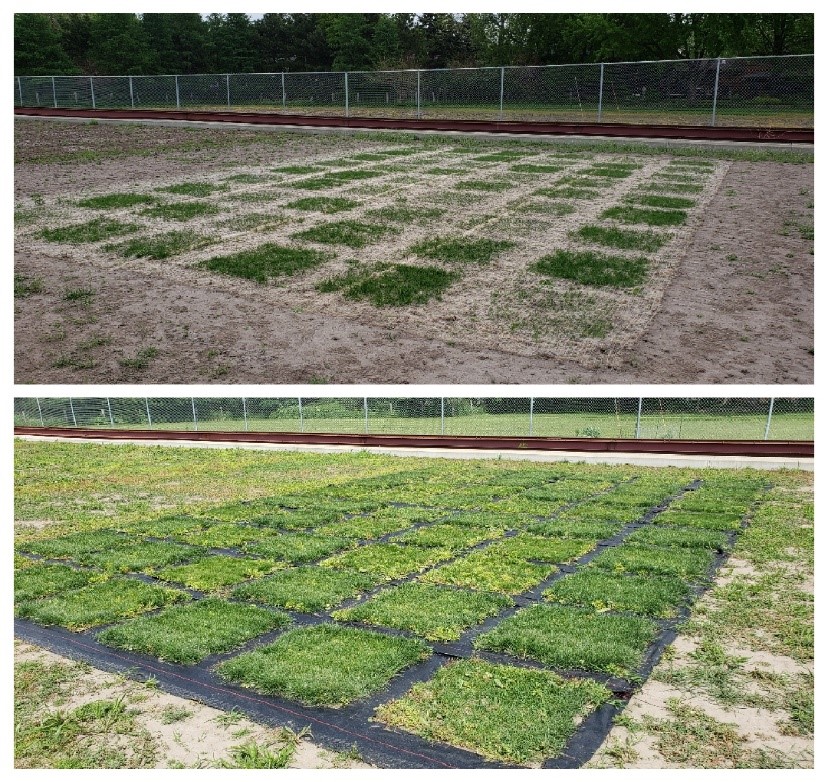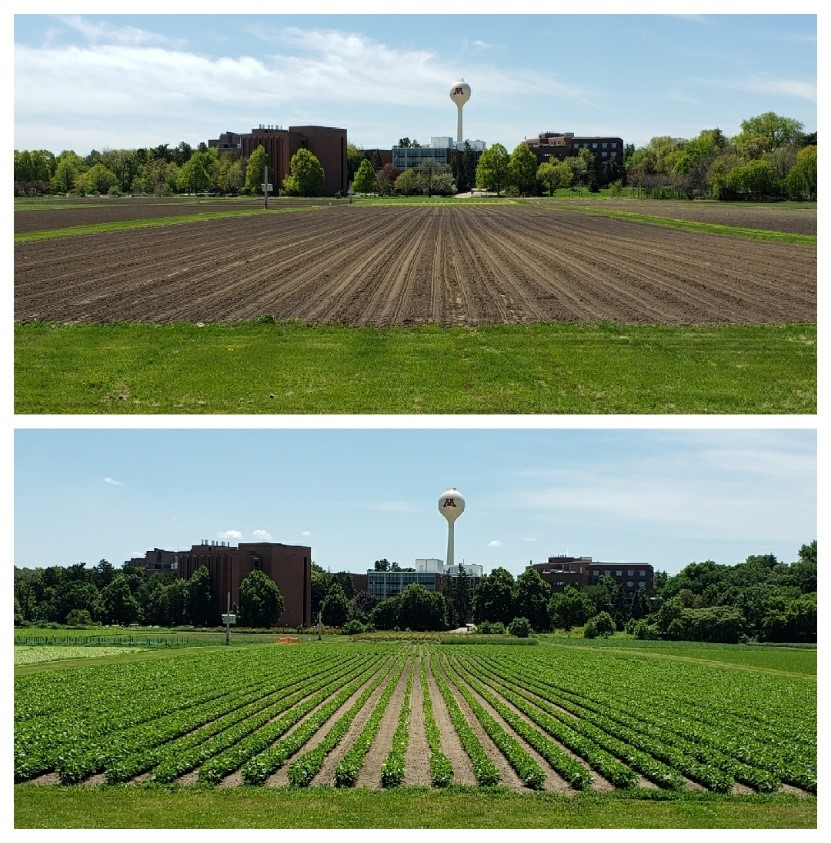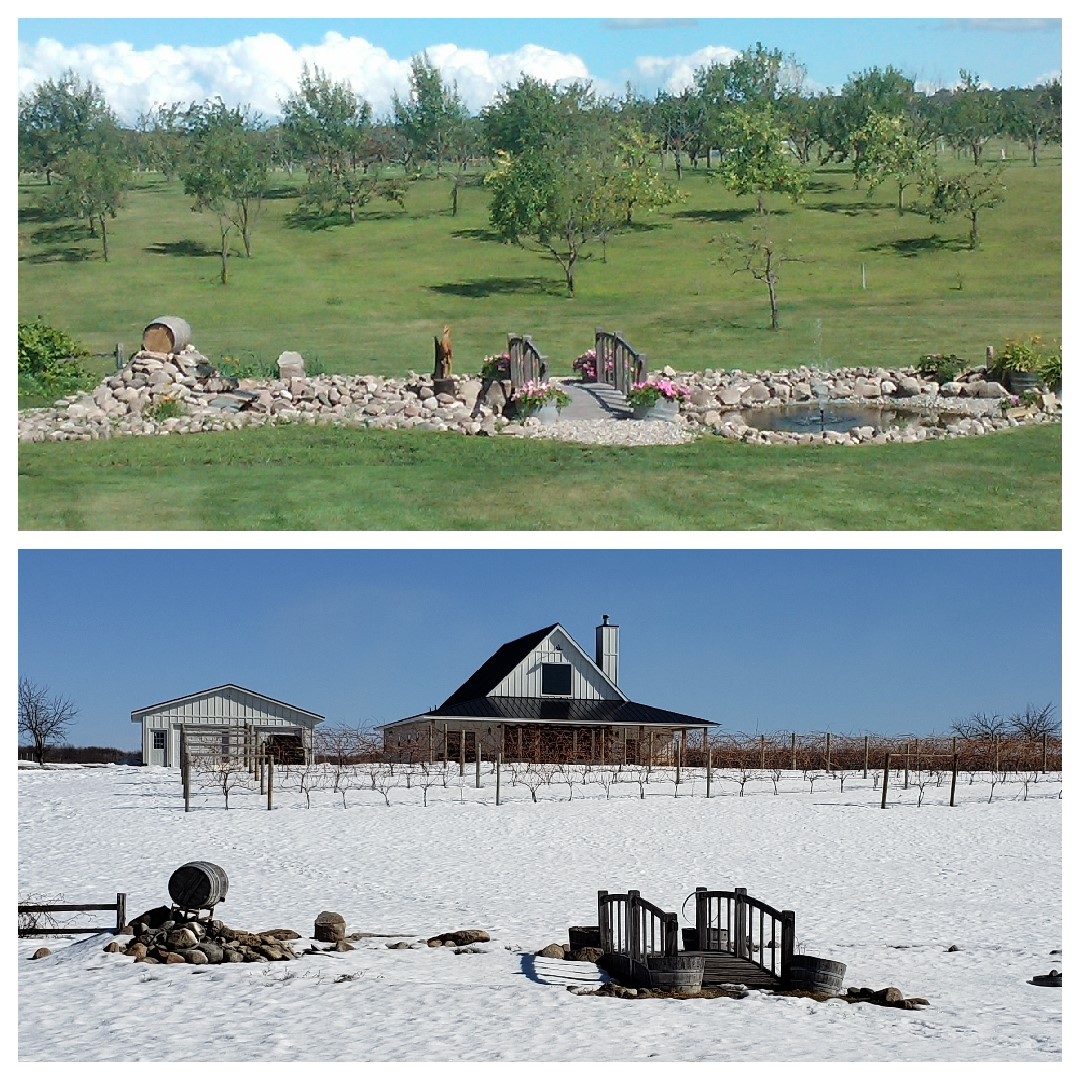By Gary Deters
When I was a golf course superintendent, I frequently used before and after photos to show progress. The key, of course, was to remember to take the “before” photo. I can remember many times wishing I had a particular photo because either I couldn't remember how something looked, or knew that we made progress but wasn't sure how much. With the smartphone, it has become significantly easier to get that important first photo. It is nice to be able to look back at my gallery and realize I have a good shot of an area, now I just need the "after" shot.
To start the season, our research greens had some extreme damage from a turf disease commonly called dollar spot. The disease was not active, but going into last winter, it had not recovered from the 2019 growing season (Figure 1). On a research green, it is not uncommon to have injured turf from previous trials or experiments. Since 2020 has been a very strange year with fewer experiments on this green, we have been able to nurse the green back to health. While there are still areas that need more recovery time, the progress we have made has been very good, especially when looking at the before/after photos (Figures 2 and 3).
I find it amazing how quickly the weeks go by, especially when the ground temperatures stay consistently warm. In a matter of four weeks we can witness grass barely growing to completely filling in along with heavy weed competition (Figure 4). In other research around campus, crops like soybean are planted by seed and a few weeks later, visible rows flourishing (Figure 5).
Keep in mind that not only can before and after photos help capture progress, they can also distinguish if there is any decline. My favorite app to use for side by side before and after photos is called InstaCollage. It is fun to look back through old photos to see if there are some good candidates for a great “before and after” side by side. I have included a personal example (Figure 6). The top photo was taken June 2010 and the bottom photo March 2020.
